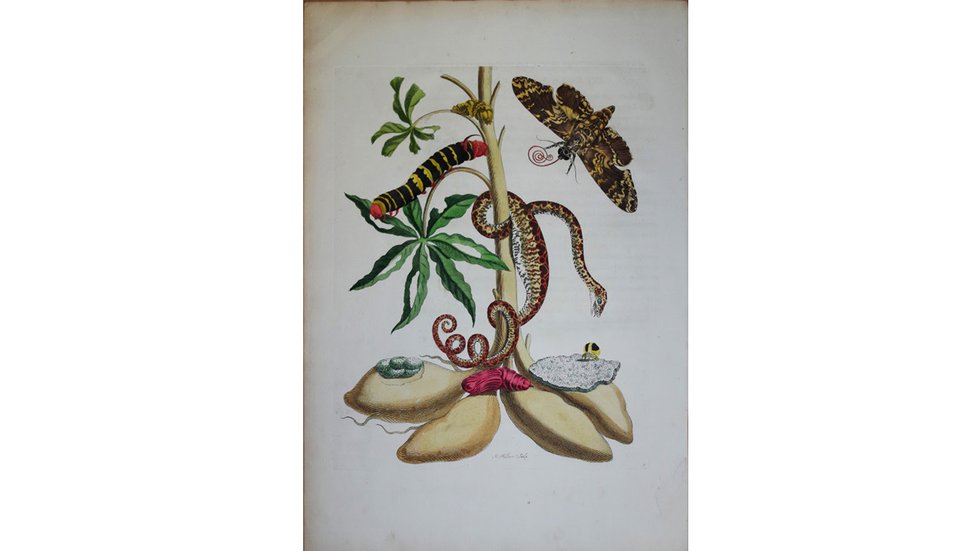A craft distiller describes his science.

Illustration by Michał Bednarski
To make a great spirit demands art married to exacting science. Who better to outline the process of craft distilling, then, than an actual scientist? Dr. Ian Glomski, who holds a doctorate in molecular biology and cell immunology, is a former University of Virginia professor and infectious disease specialist who left academia to launch Vitae Spirits in Charlottesville.
To make alcohol, explains Glomski, you need sugar, water, and yeast. For wine, the sugar comes from grapes. For whiskey, grain. For each of Vitae’s spirits—which include rum, gin, and a very Virginia paw paw liqueur—Glomski begins with an evaporated sugarcane juice and yeast carefully selected through a painstaking process of experimentation. When the yeast consumes the sugar in the absence of oxygen, alcohol is a byproduct. “Like the excrement of yeast,” offers Glomski—a thought to keep in mind the next time you lay out $15 for a few ounces of it at your favorite craft bar.
Five or six days of fermenting that mix at Vitae yield what Glomski calls “sugarcane beer,” a mucky liquid that is only about eight to nine percent alcohol. That initial fermentation is then loaded into Vitae’s copper pot still and boiled for an initial “stripping run,” resulting in a crude distillate—“low wines”—that is about 30 percent alcohol, and about 20 percent of the original volume, yet still far from something you would want to drink. After multiple fermentations are put through this stripping run, the low wines are combined again in the still and heated more slowly and carefully for a second pass. “At this stage,” says Glomski, “we actually do a spirits run, where we start isolating what we want to drink, separating and throwing things away that we don’t want to drink.”
The initial fermentation produces a complex mixture of chemicals—known as congeners—with different boiling points, explains Glomski. Some of these congeners are undesirable contaminants, such as methanol and acetone. Others, however, provide nuance and flavor to distilled spirits; ethanol by itself is essentially flavorless. In the slow heating of a spirits run, these chemicals vaporize at different points, allowing the distillers to discard what they don’t want (like that methanol) and keep what they do. “Where that decision is made is the art of distillation,” says Glomski. “We have a really poor yield in terms of industry standards because I am for quality; the higher the quality of your spirit means you are throwing a lot of it down the drain.”
Of course, there is far more detail to the journey from base ferment to final spirit, and “every distillery is different and has a different rationale and approach,” says Glomski. That, he says, is the beauty in the growing craft distilling movement. “This craft industry is bringing to the people these little local twists that give our products personality.”
This article originally appeared in our Drink 2019 issue.








